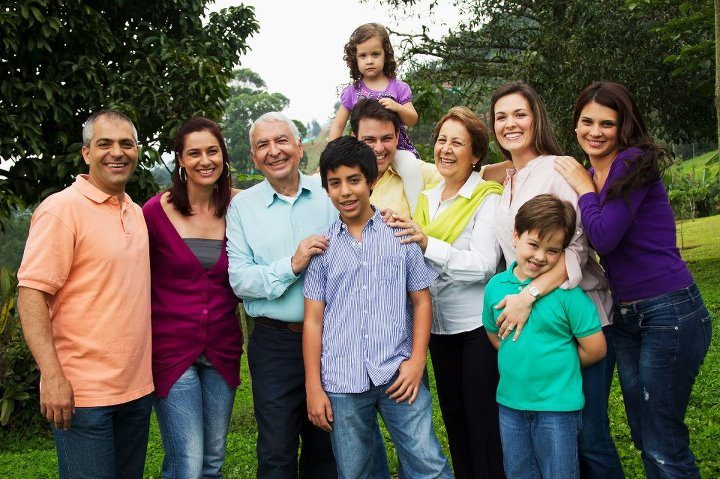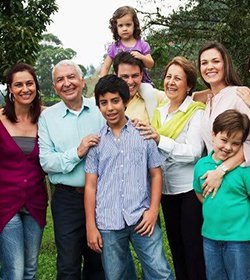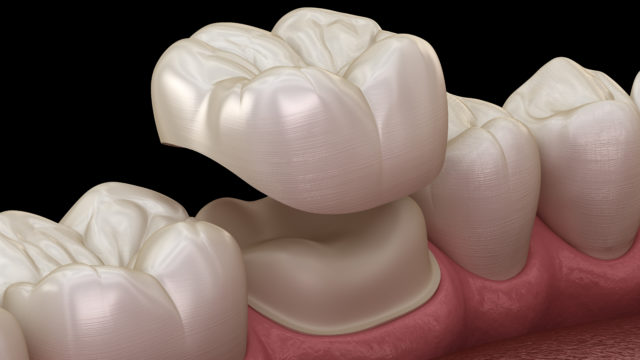
The Hispanic population experiences significantly higher rates of cavities, periodontal disease, and untreated decay that steadily worsens with age.
“It is incredibly important that the Hispanic community takes an active approach in monitoring and caring for their dental health, “says Dr. Leslie Renee Townsend, DDS., Jefferson Dental Clinics. “Lack of care places the community at risk of severe oral health issues.”
Tooth Decay Remains High in the Hispanic Population
Tooth decay and tooth loss remain high in the Hispanic population. Hispanic adults experience the highest rates of periodontal disease, with 63.5% of the population experiencing some level of the disease. And despite a small decline throughout the years, Hispanics continue to experience high levels untreated tooth decay. Hispanics are most likely to forgo dental care because of cost.
One subgroup that is impacted tremendously is Hispanic seniors. According to the Centers for Disease Control and Prevention 2014 Health Report, more than half of Hispanics ages 64 and older will suffer from untreated tooth decay; three times more than White seniors.
With many prevention programs aimed at children, as well as increasing enrollment in government plans, health providers should additionally set their sights on programs that expand dental care and prevention programs to Hispanic adults.
According to the 2012 National Health Interview Survey conducted by the Centers for Disease Control, 80% of children ages 2-17 reported visiting a dentist during a six month period; in contrast only 31% of Hispanic adults visited a dentist within that same period of time. Nearly 17% of adult respondents reported visiting the dentist “more than five years ago”. Hispanic males are the least likely of all groups to seek dental care, of which nearly 5% report never having visited a dentist.
Oral Health is Important
Oral health is extremely important to maintaining overall health. Poor oral health has been linked to chronic diseases such as heart disease and diabetes, which have a historically profound impact on Hispanics. Tooth decay and gum infections can create lasting pain and disruption during work and school hours.
Community education and dental health outreach opportunities can help further improve the dental health outcomes of Hispanic communities. Liaisons that can better dental benefits and government programs to beneficiaries can yield a huge shift in helping secure dental care for more Hispanics of all ages. Competent, bilingual oral health resources are imperative for reaching Hispanics of a range of ages, origins and generations. Furthermore, programs aimed at reinforcing good at-home dental care routines, as well as access to professional exams and cleanings are important for keeping more smiles healthier.




